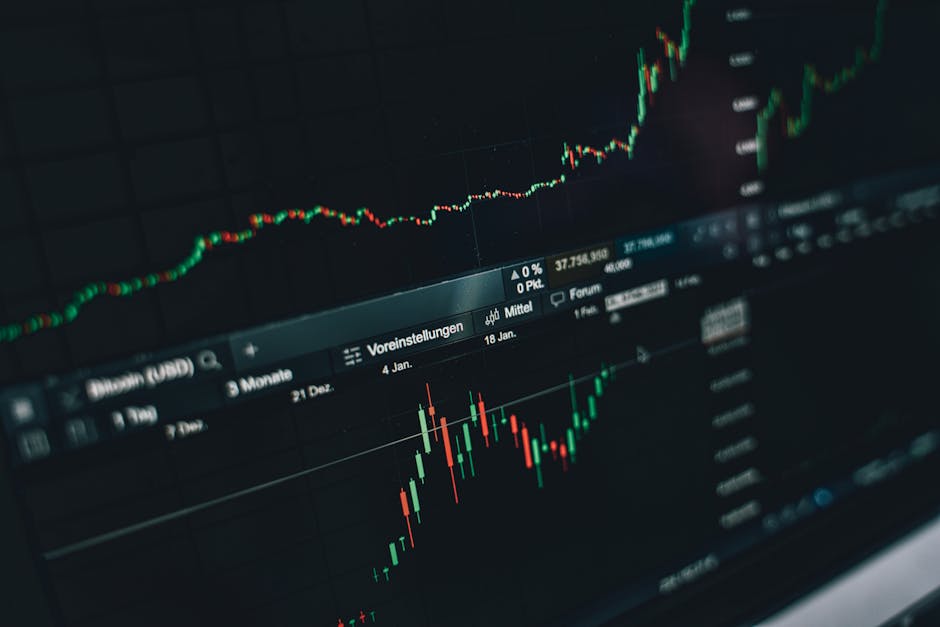Understanding Predictive Analytics Guide
Understanding Predictive Analytics Guide
Blog Article

Imagine a retail store that can predict customer preferences before they even step foot inside. This is not just a fantasy; it is a reality made possible through predictive analytics. By leveraging data and statistical algorithms, businesses can harness Predictive analytics insights to enhance decision-making, optimize operations, and ultimately drive revenue growth. Let’s explore how predictive analytics is reshaping various industries and the methodologies behind it.
Understanding Predictive Analytics
Predictive analytics involves using historical data combined with statistical algorithms and machine learning techniques to identify the likelihood of future outcomes. This process is critical for organizations aiming to understand patterns and trends within their data. By analyzing current and historical facts, businesses can forecast future events, allowing them to make informed decisions.
Key Components of Predictive Analytics
There are several essential components that make up predictive analytics:
- Data Collection: Effective predictive analytics starts with gathering relevant data from various sources, including customer transactions, social media, and market research.
- Data Cleaning: Raw data often contains errors or inconsistencies. Cleaning the data ensures accuracy and reliability in the analysis.
- Modeling: This involves selecting the appropriate statistical or machine learning models to analyze the cleaned data and generate predictions.
- Validation: Models must be validated with new data to ensure their predictive power remains strong over time.
- Implementation: Finally, organizations must implement the insights gained from the analysis into their business strategies.
Applications of Predictive Analytics
Predictive analytics is versatile and applicable across various sectors. Here are some notable examples:
Healthcare
In healthcare, predictive analytics can forecast patient admissions, identify at-risk patients, and improve treatment plans. For example, hospitals can use predictive models to anticipate surges in patient volume during flu season, allowing them to allocate resources more effectively.
Finance
Financial institutions utilize predictive analytics for credit scoring and risk assessment. By analyzing transaction patterns, banks can better determine the creditworthiness of borrowers, reducing the risk of defaults.
Retail
Retailers employ predictive analytics to enhance inventory management and personalize marketing efforts. By analyzing customer purchase history, businesses can predict future buying behavior, enabling them to stock the right products at the right time.
Challenges in Predictive Analytics
While the benefits of predictive analytics are significant, organizations may face several challenges:
- Data Privacy: With increasing regulations around data protection, companies must navigate the complexities of using customer data responsibly.
- Data Quality: Inaccurate data can lead to flawed predictions, so maintaining high data quality is essential.
- Skill Gap: There is often a shortage of skilled professionals who can effectively interpret data and implement predictive models.
Future Trends in Predictive Analytics
The landscape of predictive analytics is constantly evolving. Emerging trends include:
Artificial Intelligence and Machine Learning
As AI technology advances, predictive analytics will become more sophisticated. Machine learning algorithms can analyze vast amounts of data more efficiently, uncovering deeper insights that were previously unattainable.
Real-Time Analytics
Real-time predictive analytics will enable organizations to make decisions based on the most current data. This capability will be crucial for industries like finance and retail, where timing can significantly impact outcomes.
Conclusion
Incorporating predictive analytics into business strategies is no longer optional; it is essential for staying competitive. By understanding the components, applications, and challenges of predictive analytics, organizations can harness its full potential. As we move forward, embracing technologies like AI and machine learning will further enhance the accuracy and effectiveness of predictive insights, paving the way for smarter decision-making across all sectors.
Report this page